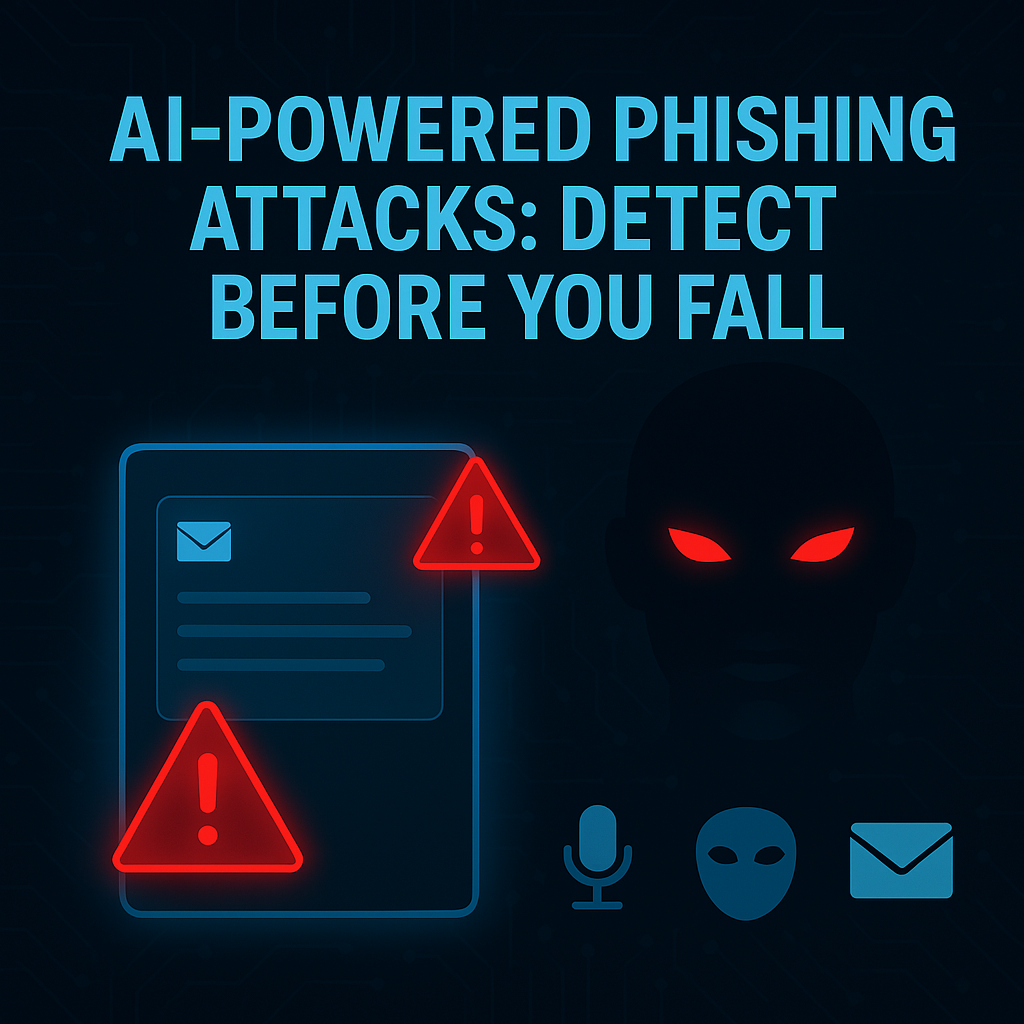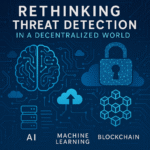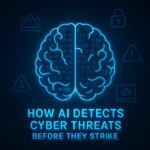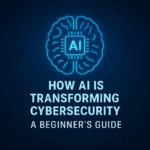🔐 Introduction: Phishing is Evolving — So Must We
AI-powered phishing attacks are reshaping the cybersecurity landscape in 2025. These aren’t the typical scam emails of the past — they’re deeply personalized, convincingly written, and often powered by generative AI, voice cloning, and deepfakes.
From deepfakes and voice cloning to AI-generated phishing emails, cybercriminals are weaponizing AI to scale social engineering attacks with alarming accuracy. As these threats rise, so must our defenses.
According to MIT Technology Review, AI-generated phishing emails are now being used to impersonate executives and manipulate employees into compromising security.
In this article, we explore how AI-powered phishing attacks work, why they’re so dangerous, and how you can detect and defend against them.
🤖 What Are AI-Powered Phishing Attacks?
AI-powered phishing refers to the use of machine learning, natural language processing (NLP), and generative AI models to create phishing content that is highly believable, targeted, and scalable.
These attacks are no longer random. AI allows cybercriminals to:
- Scan publicly available data from LinkedIn, social media, or breached datasets
- Generate emails that sound like the victim’s boss, colleague, or client
- Imitate a familiar writing tone, structure, and even subject matter
- Clone a voice or face to impersonate someone in a video or phone call
What once required manual effort can now be automated and executed at scale, making AI-powered phishing one of the most significant cybersecurity threats of 2025.
🎭 Deepfakes and Voice Cloning: The New Face of Social Engineering
🔹 Deepfakes
Deepfakes are AI-generated videos or images that convincingly imitate real people. In phishing scenarios, attackers may send a fake video message from a CEO, asking for an urgent fund transfer or login credential confirmation.
🔹 Voice Cloning
With just a few seconds of recorded audio, AI tools can replicate a person’s voice. This allows attackers to leave voicemail messages or real-time calls impersonating someone the target knows.
Imagine receiving a call that sounds exactly like your manager, instructing you to reset a password or share internal data — that’s no longer sci-fi; it’s happening now.
Both deepfakes and voice cloning are redefining AI in social engineering, and cybersecurity teams must be prepared to detect such threats before they cause damage.
📧 Personalized Phishing Emails: When AI Writes Like a Human
AI tools like ChatGPT and other large language models can write personalized phishing emails that:
- Use the recipient’s name, title, and role
- Reference recent events, meetings, or projects
- Imitate writing styles of familiar contacts
- Avoid traditional red flags like poor grammar or suspicious links
These personalized phishing emails are designed to pass through email filters and social defenses by appearing contextually relevant. They no longer raise immediate suspicion, increasing the chances of a successful breach.
This level of social engineering is only possible through AI’s ability to process large datasets and mimic human communication.
🛡️ AI Phishing Detection: How to Defend Against These Threats
As phishing attacks become more intelligent, your defenses must become smarter too. Here’s how to detect and prevent AI-powered phishing attacks:
1. Behavioral AI Detection Tools
Leverage AI tools that analyze behavioral patterns to detect anomalies in communication. These tools flag when someone’s tone or messaging style changes suddenly, indicating a possible impersonation.
2. Email Authentication Protocols
Implement DMARC, SPF, and DKIM to protect against domain spoofing. This won’t stop AI-crafted emails, but it can block fake sender addresses.
3. Deepfake and Voice Analysis Software
Use specialized software to analyze media for signs of deepfakes and voice cloning. Look for inconsistencies in lip-syncing, facial expressions, or unusual voice artifacts.
4. Zero Trust Policies
Adopt a Zero Trust approach—assume nothing and verify everything. Even if a message appears to be from an internal user, request secondary verification for sensitive actions.
5. Continuous User Training
Security awareness training is more important than ever. Educate users about phishing trends in 2025, especially the use of deepfakes and personalized attacks. Encourage a culture of skepticism around unexpected requests.
🔎 Signs You’re Dealing with an AI-Powered Phishing Attack
- The message sounds “too natural” yet overly urgent
- The sender references information that’s not publicly obvious but feels eerily specific
- Slight variations in tone, formatting, or vocabulary compared to usual communication
- Unusual attachment names or vague download links
- Voicemails or calls that seem almost perfect, but not quite
Trust your instincts — if something feels off, it might be.
✅ Final Thoughts: Stay Ahead of the Curve
Phishing is no longer just a numbers game—it’s now a targeted, AI-enhanced attack that leverages publicly available information and advanced language models to trick even the most security-aware individuals.
As phishing trends in 2025 continue to evolve, so must your approach.
By combining AI phishing detection tools, continuous awareness training, and Zero Trust principles, you can stay ahead of these evolving threats and protect your organization from AI-driven social engineering attacks.
Cybercriminals may have AI on their side—but so can you.
Want to explore more about AI and cybersecurity? Check out our article on AI vs Human in Cybersecurity: Who Holds the Edge.





Leave a Reply